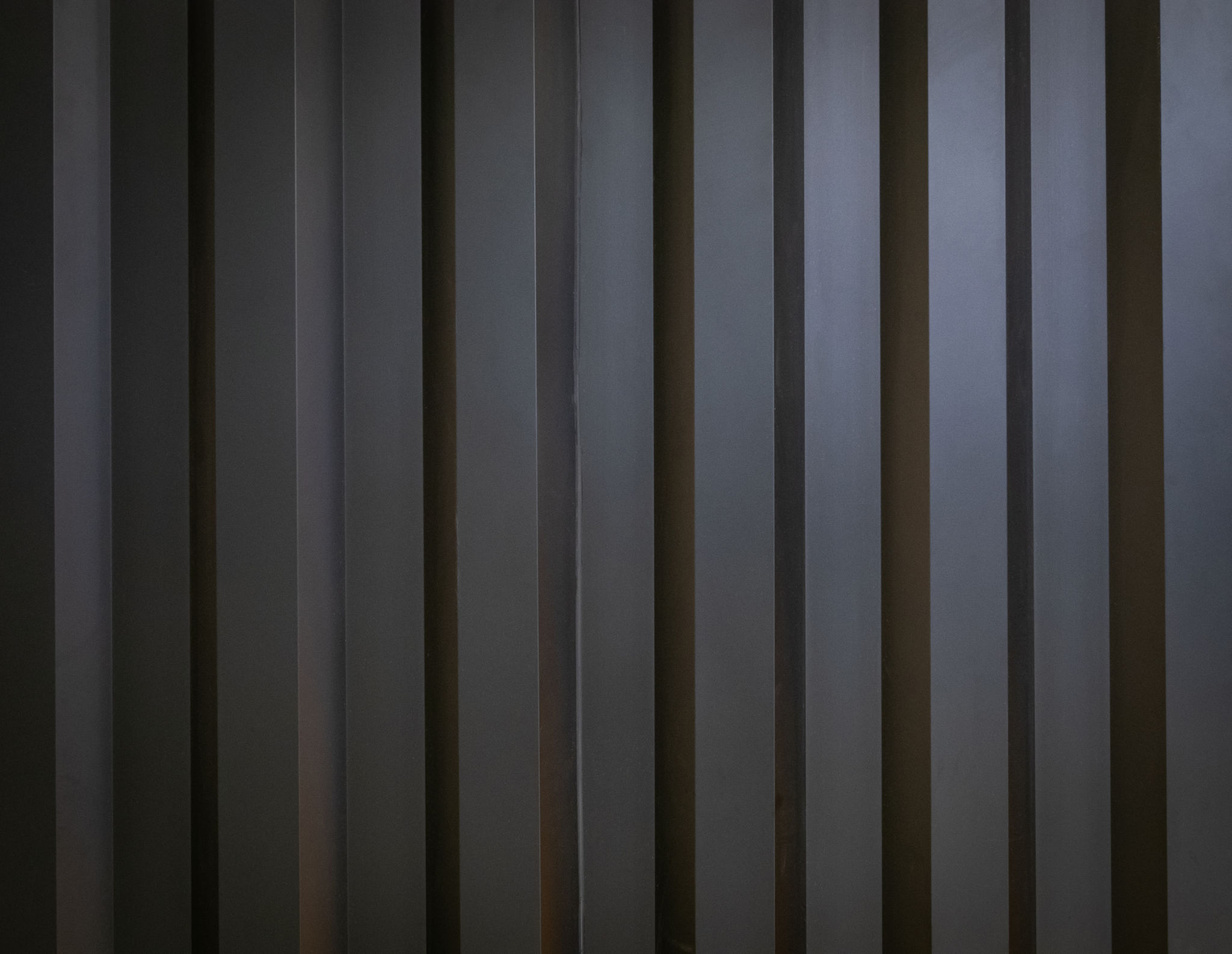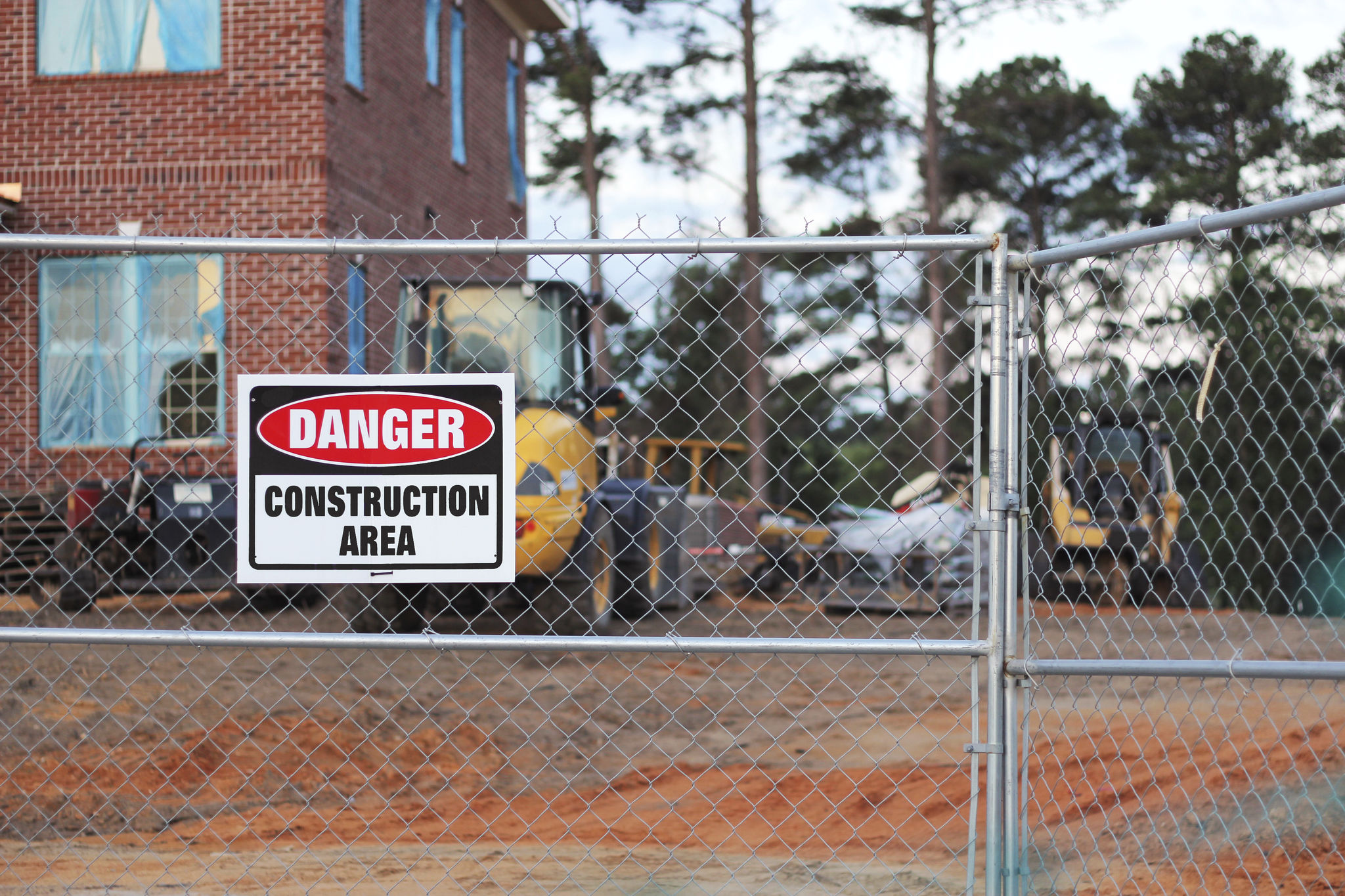The Ultimate Guide to Privacy Screens and Slat Panels Installation in NSW
WC
Introduction to Privacy Screens and Slat Panels
Privacy screens and slat panels are becoming increasingly popular in New South Wales (NSW) as homeowners and businesses seek to enhance their outdoor spaces while maintaining privacy. These installations not only provide seclusion but also add aesthetic value to properties. In this guide, we will explore the benefits, materials, and installation process of privacy screens and slat panels, helping you make an informed decision.

Benefits of Privacy Screens and Slat Panels
Privacy screens and slat panels offer a variety of benefits that make them a preferred choice for many. Firstly, they provide enhanced privacy, allowing you to enjoy your outdoor space without prying eyes. Secondly, they serve as effective windscreens, reducing the impact of strong winds and creating a more pleasant environment.
Additionally, these installations can significantly improve the aesthetic appeal of your property. With various designs and materials available, you can choose a style that complements your existing architecture. Moreover, they are relatively easy to maintain, making them a practical long-term investment.
Choosing the Right Material
When selecting privacy screens and slat panels, the choice of material is crucial. Common materials include timber, aluminum, and composite materials. Each has its unique advantages:
- Timber: Offers a natural look and blends well with garden environments. However, it requires regular maintenance to prevent weather damage.
- Aluminum: Known for its durability and low maintenance. It is resistant to rust and corrosion, making it ideal for coastal areas.
- Composite: Combines the best of both worlds with the appearance of wood and the durability of synthetic materials.

Installation Process
The installation of privacy screens and slat panels can be a straightforward process if planned correctly. Here’s a step-by-step guide:
- Planning: Measure the area where you want to install the screens or panels. Consider factors like sunlight, wind direction, and existing structures.
- Material Selection: Choose a material that suits your needs and budget.
- Preparation: Clear the area of any obstructions and ensure the ground is level for installation.
- Installation: Follow the manufacturer's instructions or hire a professional for precise installation.
- Finishing Touches: Apply any necessary treatments or coatings to enhance durability.
Regulations in NSW
Before installing privacy screens or slat panels, it’s important to be aware of local regulations in NSW. Local councils may have specific guidelines regarding height restrictions, materials, and boundary considerations. Always check with your local council to ensure compliance with all relevant regulations.
In some cases, you may need to obtain planning permission, especially if the installation affects neighboring properties. Keeping these regulations in mind will help you avoid potential legal issues down the line.

Maintenance Tips
To keep your privacy screens and slat panels looking their best, regular maintenance is key. For timber screens, this may involve re-staining or sealing every few years. Aluminum panels may require occasional cleaning with mild soap and water to remove dirt and grime.
If you’ve chosen composite materials, maintenance is generally minimal. However, it’s always a good idea to perform regular checks for any signs of wear or damage so that repairs can be addressed promptly.
Conclusion
Privacy screens and slat panels are a versatile solution for enhancing both the functionality and aesthetics of outdoor spaces in NSW. By considering factors such as material choice, installation process, and local regulations, you can design a solution that meets your needs while complying with local standards. Whether you’re seeking privacy, wind protection, or a stylish addition to your property, these installations offer a practical and attractive option.

